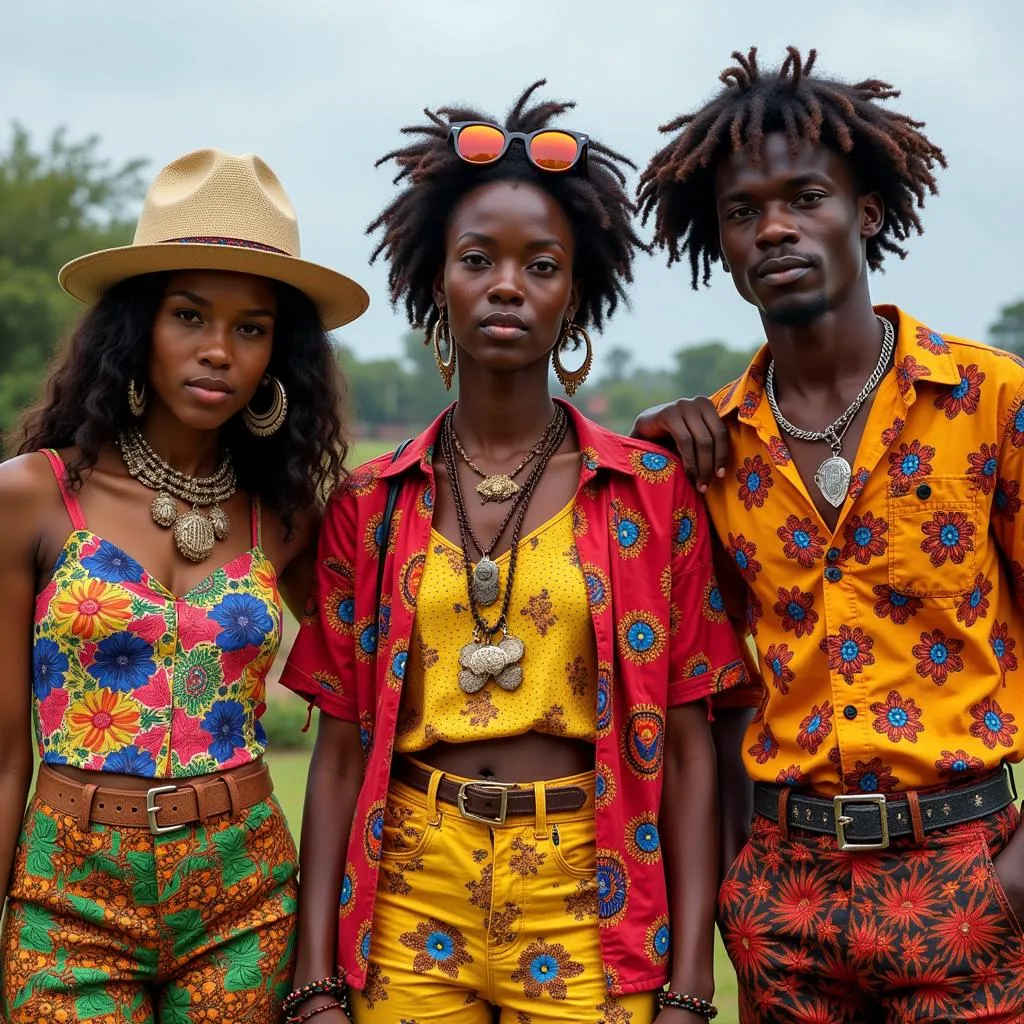Exploring the Rhythms of the Sahara: African Blues in Morocco
African Blues Morocco: a captivating blend of North African rhythms and soulful blues traditions, echoing across the vast landscapes of the Sahara. This unique musical fusion reveals a rich cultural exchange and a vibrant musical heritage that deserves exploration.
The intersection of African blues and Moroccan music is a testament to the power of cultural exchange. It’s a story of how music transcends borders and unites people through shared experiences and artistic expression. This exploration delves into the historical connections, the key artists, and the unique characteristics that define this captivating genre. After reading this, you’ll have a deeper understanding of the sounds that make African blues in Morocco so special. Let’s dive in!
The Historical Crossroads of African Blues and Moroccan Music
African blues, often associated with the Mississippi Delta, found its way across the Atlantic through the transatlantic slave trade, influencing musical traditions in the Caribbean and South America. Meanwhile, Morocco, with its rich tapestry of Berber, Arab, and Andalusian influences, had already developed its own unique musical landscape. The meeting of these two musical worlds, though seemingly distant, created a fascinating dialogue. African bedroom design
Berber Rhythms and Bluesy Grooves: A Musical Dialogue
The indigenous Berber music of Morocco, with its hypnotic rhythms and use of traditional instruments like the gimbri (a three-stringed skin-covered bass lute), provided a fertile ground for the blues to take root. The pentatonic scales and call-and-response vocal patterns found in both traditions facilitated a natural fusion. This cross-cultural exchange shaped a distinct sound, reflecting both the raw emotionality of the blues and the rhythmic complexity of Moroccan music.
Key Artists Shaping the Sound of African Blues in Morocco
Several artists have been instrumental in bridging the gap between African blues and Moroccan music. These pioneers have embraced the blues while staying true to their Moroccan roots, creating a distinct and captivating sound.
The Gnaoua Tradition: A Foundation of Moroccan Blues
The Gnaoua, descendants of sub-Saharan Africans brought to Morocco as slaves, have played a pivotal role in shaping Moroccan blues. Their music, known as Gnaoua music, incorporates traditional rhythms, spiritual chants, and trance-inducing melodies, creating a powerful and evocative soundscape. The annual Gnaoua World Music Festival in Essaouira has become a major platform for this genre, attracting musicians from all over the world and showcasing the dynamic evolution of Moroccan blues.
Modern Interpretations: Blending Tradition with Innovation
Contemporary Moroccan musicians have also embraced the blues, incorporating its elements into various genres, from rock and jazz to traditional Chaabi music. These artists experiment with electric instruments, modern recording techniques, and lyrical themes that reflect contemporary life in Morocco, while still honoring the deep roots of the Gnaoua tradition.
African instrumental music free download
Dr. Fatima Zahra El-Hayat, ethnomusicologist, notes: “The fusion of African blues and Moroccan music isn’t just a musical phenomenon, it’s a reflection of Morocco’s complex history and its ongoing cultural evolution. It’s a living testament to the power of music to transcend boundaries and create something truly unique.”
The Unique Characteristics of Moroccan Blues
What distinguishes Moroccan blues from its American counterpart? While sharing the blues’ core emotional intensity, Moroccan blues incorporates unique elements that set it apart.
- Rhythmic Complexity: The rhythmic structures of Moroccan music, often characterized by polyrhythms and syncopation, add a layer of complexity to the traditional blues framework.
- Spiritual Undertones: Gnaoua music, with its roots in spiritual traditions, often carries a sense of ritual and transcendence, adding a deeper dimension to the emotional landscape of Moroccan blues.
- Instrumentation: The use of traditional Moroccan instruments, such as the gimbri, qanun (zither), and darbuka (goblet drum), adds a distinctive sonic texture to Moroccan blues. African band instruments
Amina Benani, a renowned Moroccan blues musician, states: “Moroccan blues is about connection—connection to our ancestors, to our land, and to the universal language of music. It’s a music that speaks to the soul.”
Conclusion
African blues Morocco offers a rich and rewarding exploration of musical cross-pollination. This captivating genre represents the power of cultural exchange and the enduring legacy of African musical traditions. From the Gnaoua masters to contemporary innovators, Moroccan blues continues to evolve and inspire, reminding us of the universal language of music.
FAQs
- What is Gnaoua music? Gnaoua music is a traditional Moroccan genre with roots in sub-Saharan Africa, blending spiritual chants, rhythmic complexity, and trance-inducing melodies.
- Where can I experience Moroccan blues live? The Gnaoua World Music Festival in Essaouira is a prime venue to experience Moroccan blues.
- Who are some notable Moroccan blues artists? Notable artists include groups like Nass El Ghiwane and individuals like Hamid El Kasri.
- What instruments are commonly used in Moroccan blues? Instruments like the gimbri, qanun, darbuka, and krakebs are frequently used.
- How does Moroccan blues differ from American blues? Moroccan blues incorporates complex rhythms, spiritual undertones, and unique instrumentation from North African traditions.
- What is the historical significance of Gnaoua music? Gnaoua music reflects the history of sub-Saharan Africans in Morocco and their cultural contributions.
- Where can I learn more about Moroccan blues? Research ethnomusicological studies and explore online resources dedicated to Moroccan music.
Need assistance? Contact us 24/7: Phone: +255768904061, Email: [email protected], or visit us at Mbarali DC Mawindi, Kangaga, Tanzania.
